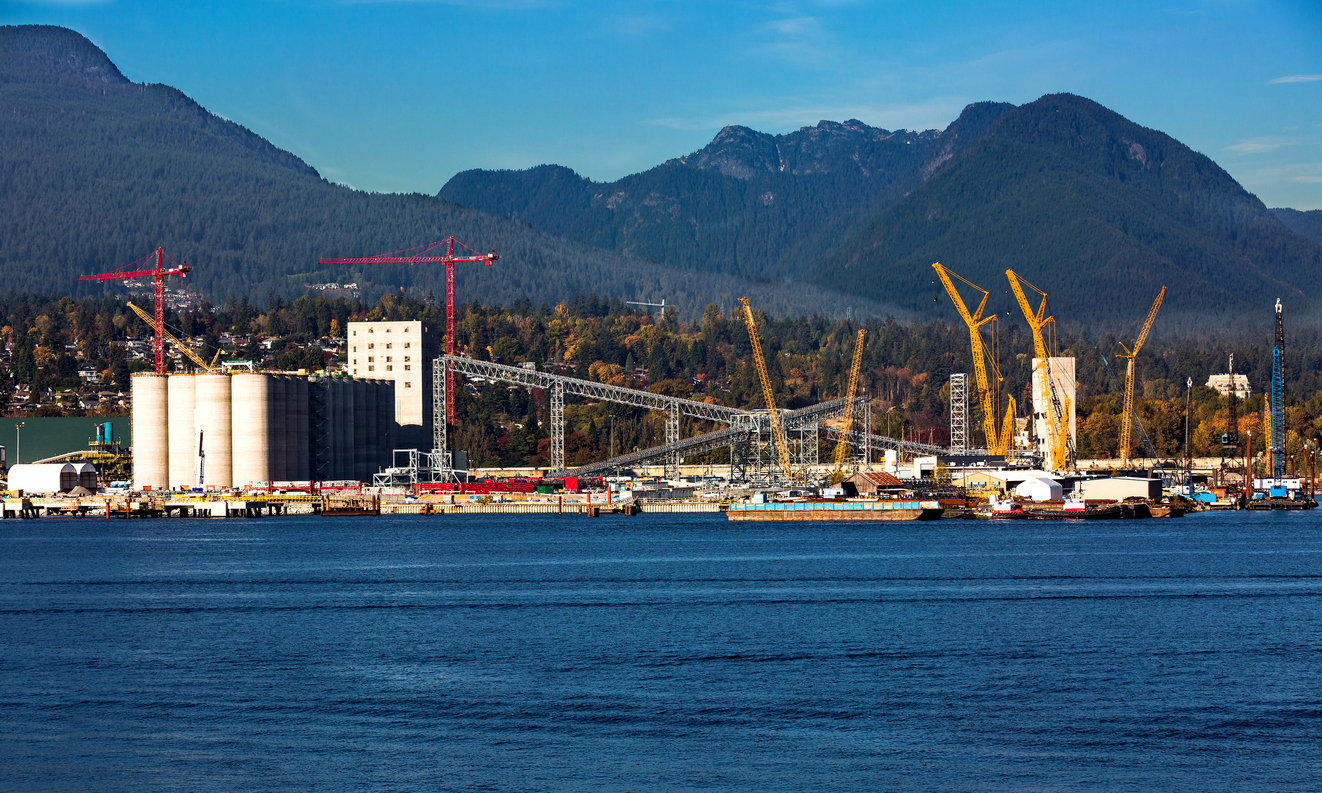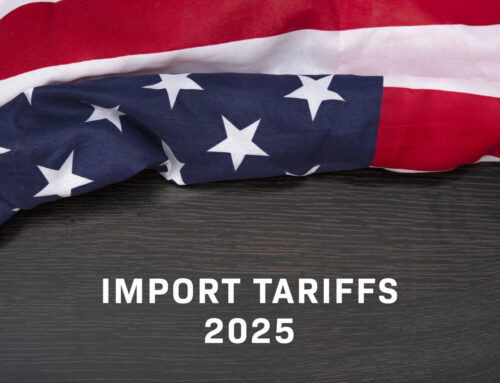The 13-day longshore strike that hit the Western Canadian ports of Vancouver and Prince Rupert ended Thursday after the International Longshore and Warehouse Union (ILWU) Canada and waterfront employers reached a tentative four-year contract.
The strike caused multiple ships to divert from Western Canada to Seattle and Tacoma, while also prompting at least two blank sailings. It also created a vessel backlog off Vancouver and Prince Rupert. There were 14 container ships at anchor or offshore at the Port of Vancouver Wednesday.
The end of the strike came less than two days after Canada’s Minister of Labour ordered the federal mediator overseeing negotiations between the union and the British Columbia Maritime Employers Association to provide recommendations for a settlement. Those recommendations were presented to both sides on Wednesday, and they had 24 hours, or late morning Pacific time Thursday, to accept or reject the proposed terms. Rejection by either side would have forced the matter into the hands of the Canadian Parliament.
Authorities are working closely with ILWU Canada and their locals and supply chain partners to safely resume operations as soon as possible.
The Prince Rupert Port Authority reported on Thursday two of its seven terminals — DP World Prince Rupert’s Fairview Container Terminal and Drax’s Westview Wood Pellet Terminal – were “directly impacted” by the strike. PRPA, its terminal and rail supply chain partners and local labor are working closely to re-establish fluidity and productivity to begin to swiftly and effectively recover operations at the Port of Prince Rupert. PRPA added that five vessels are waiting at anchor or at sea to discharge at those terminals.
BCMEA stated regret for significant impact the strike had on workers, customers and the Canadian economy and we must collectively work together to not only restore cargo operations as quickly and safely as possible but to also rebuild the reputation of Canada’s largest gateway and ensure supply chain stability and resilience for the future.






